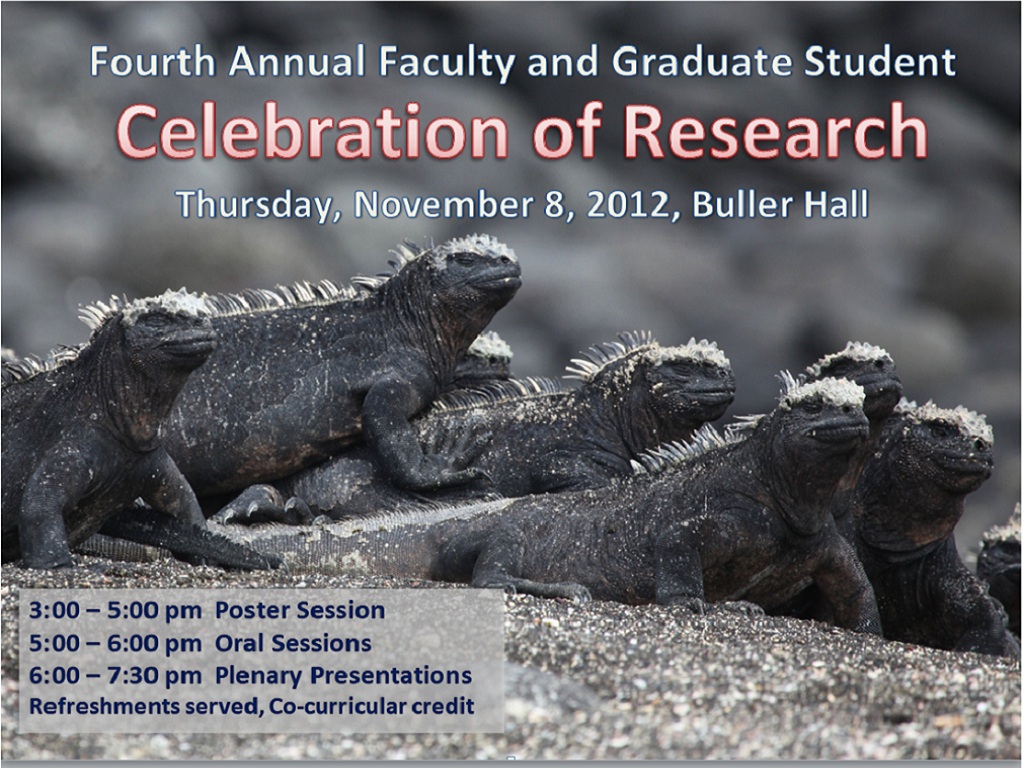Presentation Title
D-4 Early Developments of Harmonic Theory in the New World: Reflections on Two 17th-Century Mexican Treatises
Presenter Status
Department of Music
Location
Buller Room 208
Start Date
8-11-2012 5:36 PM
End Date
8-11-2012 5:48 PM
Presentation Abstract
The study of music theory in the New World began with the arrival of Spanish musicians and teachers on American soil. Perhaps the first historical reference with regard to a theoretical treatise written in Mexico is the one given by the chronicler Fray Francisco de Burgoa (1604-1681). The existence of another contemporary treatise written by the Mexican poetess Sor Juana Inés de la Cruz (1651-1695) invites comparison and seems to provide enough information for one to understand what Mexican theorists really meant when they talked about harmony during the 17th century. Sor Juana titles her treatise Compendio de armonía musical: El Caracol. Matías reduced harmony to a “perfect circle” because he adopted equal-temperament; Sor Juana, in the other hand, reduced harmony to a “spiral line” because she used Pythagorean intonation.
D-4 Early Developments of Harmonic Theory in the New World: Reflections on Two 17th-Century Mexican Treatises
Buller Room 208
The study of music theory in the New World began with the arrival of Spanish musicians and teachers on American soil. Perhaps the first historical reference with regard to a theoretical treatise written in Mexico is the one given by the chronicler Fray Francisco de Burgoa (1604-1681). The existence of another contemporary treatise written by the Mexican poetess Sor Juana Inés de la Cruz (1651-1695) invites comparison and seems to provide enough information for one to understand what Mexican theorists really meant when they talked about harmony during the 17th century. Sor Juana titles her treatise Compendio de armonía musical: El Caracol. Matías reduced harmony to a “perfect circle” because he adopted equal-temperament; Sor Juana, in the other hand, reduced harmony to a “spiral line” because she used Pythagorean intonation.



